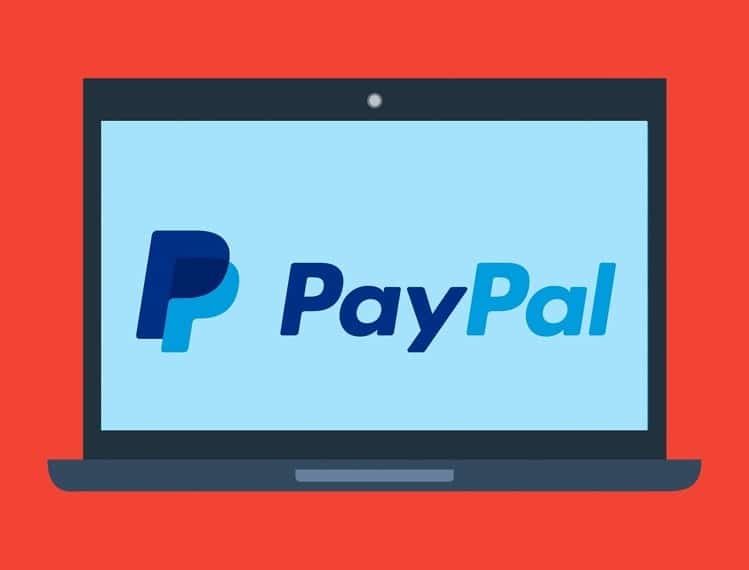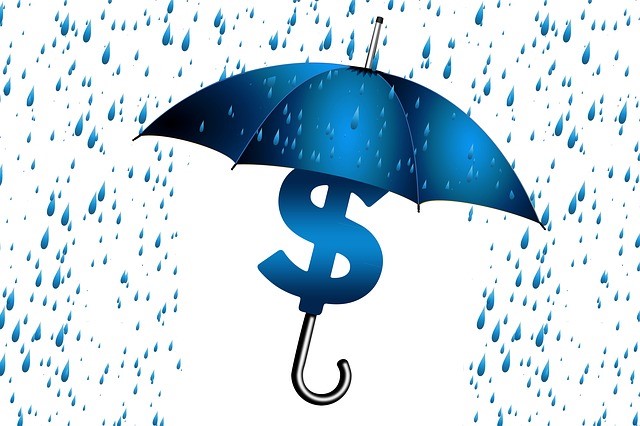Last updated: May 30, 2020
Company: Turnitin
CEO: Chris Caren
Founders: John Barrie
Year founded: 1998
Headquarter: Oakland, California, USA
Employees: Est. 417
Type: Private
Annual Revenue: Est. $127.7M
Products & Services: Online Plagiarism Checker
Competitors: Unicheck| Copyleaks | Academicplagiarism
Fun Fact: Did you know that Turnitin was founded by four Berkeley students, who created it to be an online peer review system?
About Turnitin
Turnitin is an online tool that is used to detect potential plagiarism in students’ work. The company states that its software is geared toward promoting academic integrity, as it compares submitted work to its database of the following :
- web content
- publications, and
- previously submitted student papers to identify unoriginal content.
Beyond detecting potential plagiarism within a paper, Turnitin can also identify instances of “contract cheating,” where a third party has written the student’s work for them.
The tool, called ‘Authorship Investigate,’ does this by using machine learning algorithms and forensic linguistic practices to detect major variances in writing style among one student’s work.
How Turnitin works
- Allows students to review their work for originality before submission
- Provides teachers with an automatic report that flags areas of similar or copied work
Turnitin claims to benefit both teachers and students by providing two primary services.
- the option for students to upload their paper to the site, without actually submitting it, and check for areas that may need to be revised to avoid plagiarism.
- the ability for teachers to streamline their revision and grading process by having their students submit their work through Turnitin, which automatically flags potential plagiarism for them without the need to do their own investigating.

For students
When a student uploads a paper to the Turnitin site, the company’s software is able to identify areas of potential plagiarism by using an algorithm to compare the text against its extensive database of web pages, published articles, books, magazines, journals and the millions of essays previously submitted by students.
Turnitin claims it has a database of 165 million journal articles and subscription content sources and 45 billion web pages, as well as over 900 million student papers.
Once a student submits a paper to Turnitin, it stays in the company’s system indefinitely. That means that Turnitin is able to check for the plagiarism of both published authors’ works as well as previous students’ work.
And, as previously mentioned, identify if a student is not writing their own work by noting differences in writing style between all of a student’s papers.
For teachers
After the submitted papers have gone through Turnitin’s detection software, teachers will receive a report that gives a percentage of the paper that matches other sources, as well as a version of the student’s paper with all similar areas marked and color-coded.
The idea is that teachers decide for themselves whether any of the flagged instances truly constitute plagiarism. Turnitin only makes this process easier by identifying potential instances for them.
How Turnitin makes money
- Annual licensing model
Yearly per-student fee
Turnitin charges educational institutions an annual fee to have access to the service. Students of these schools do not have to pay to use the service. Turnitin’s pricing is on a ‘per student’ basis, so the cost per year will differ based on the school, depending on the size of the institution and the number of students enrolled.
Although exact pricing is not available on Turnitin’s website, the cost per student was reported to be around $2 per year in 2012. Assuming that price hasn’t risen in recent years, a university with 15,000 students can expect to pay around $30,000 a year for access to Turnitin’s software.
This business model appears to be profitable for the company as the CEO, Chris Caren has stated that Turnitin has been cashflow positive since 2004. The company reportedly now generates an estimated $127.7 million in annual revenue.
How Turnitin compares to competitors
Size of Turnitin
Turnitin is approaching 20 years in operation, as its plagiarism prevention service launched in 2000. That means that the company has had nearly 20 years of gathering new sources and student work to add to its database.
According to the company, 30 million students from over 15,000 institutions around the world use the tool, contributing to the approximately 929 million student papers in its archive.
Consequently, Turnitin outweighs all of its competitors in the anti-plagiarism software space by its sheer size. Although Unicheck, a competing online plagiarism checker, has 1 million users in more than 400 institutions and Academicplagiarism has over 30,000 customers, neither can truly compete with Turnitin’s global dominance, which extends to over 140 countries.
Target user of Turnitin
In terms of its target market, Turnitin differs slightly in that it focuses solely on educational institutions. Unicheck and Copyleaks target personal users, businesses, and educational institutions, while Academicplagiarism’s tool is geared toward students and schools in equal measures, according to its website.
Business model of Turnitin
Copyleaks and Academicplagiarism, two of Turnitin’s top competitors, both use a subscription model, offering users the ability to choose amongst several different plan options that will allow them to scan a certain number of pages per subscription period. Unicheck offers a similar model to Turnitin, charging institutions a fee based on the number of students served.
The future for Turnitin
Turnitin might have some major changes around the corner, as the company was recently acquired by Advance Publications earlier this year, for about $1.75 billion. Advance Publications is a media conglomerate that owns Conde Nast among other media and tech companies.
Industry experts expect this new ownership to usher in change for the platform; as Christopher Nyren, founder of Educated Ventures, put it,
“You don’t buy a grading company for almost $2 billion just to keep focusing on grading. So I have to think this is to build out a broader suite [of products].”
Caren, Turnitin’s CEO, says the company is planning to expand beyond writing into other fields like science and math, in order to become “a platform for colleges and high schools to submit all types of student assignments.”
Conclusion
Turnitin has found massive success as an anti-plagiarism software by charging educational institutions on an annual, per-student basis. It will be interesting to see when and how the company will tweak its revenue model in future years as it diversifies its service offering.
References & more information
- Featured image by StartupStockPhotos from Pixabay
- Photo by Taylor Wilcox on Unsplash
- Turnitin
- Unicheck
- Academicplagiarism
- Ashford University. (n.d.). Understanding Turnitin
- Copyleaks
- iParadigms. (2014, June 2). Acquisition of iParadigms for $752 Million Led by Insight Venture Partners
- Johnson, S. (2019, March 6). Turnitin to Be Acquired by Advance Publications for $1.75B
- Luke, J. (2019, March 12). That’s No Plagiarism Checker
- Marsh, C. (2019, February 28). A software program called Turnitin is making life exceedingly difficult for student plagiarists
- Morris, S. M., & Stommel, J. (2017, June 15). A Guide for Resisting Edtech: the Case against Turnitin.
- Owler. Turnitin
- Roll, N. (2017, June 19). New Salvo Against Turnitin
- Turner, C. (2014, August 25). Turnitin And The Debate Over Anti-Plagiarism Software












Add comment